
Selime Cathedral: A Majestic Rock-Cut Structure in the Heart of Cappadocia
Selime Cathedral, located in the Selime village of Güzelyurt district in Aksaray Province, rises magnificently at the end of the stunning Ihlara Valley in the heart of Cappadocia. This impressive structure is considered one of the largest rock-cut cathedrals not only in Cappadocia but also in the world. With its historical depth, architectural features, and religious significance, Selime Cathedral offers visitors a journey through time.
Historical Layers and Significance:
The construction of Selime Cathedral dates back to the Middle Byzantine period, specifically the 8th and 9th centuries. However, some research suggests that the structure underwent various additions and changes over different periods. The cathedral served as an important religious center during the early Christian era in the region. It is even believed that the first “loud” Christian mass in Cappadocia was held here.
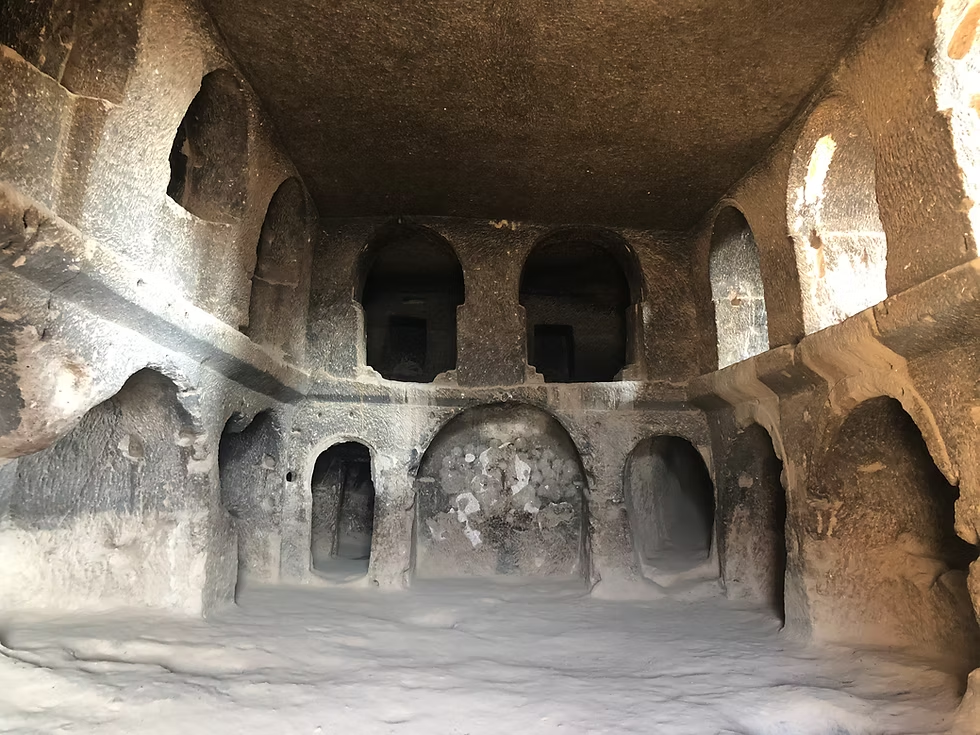
The cathedral’s strategic location allowed it to function not only as a religious center but also as a defensive structure. Being carved into a high rock mass provided natural protection, while the tunnels and passageways inside facilitated defense against potential attacks. During the Seljuk period, it is rumored that Commander Ali Pasha successfully defended the cathedral against the Mongols before he was martyred. To the west of the cathedral lies Ali Pasha’s tomb and monument.
Architectural Features:
Selime Cathedral is a multi-story structure containing rock-cut rooms, chapels, a dining hall, and even a kitchen. The main church has a basilica plan, consisting of three apses and a single nave. Rock columns inside the church give it a unique appearance. The upper sections of the cathedral, built like a fortress, are particularly striking, with walls and defensive positions still visible today.
📣 Our WhatsApp channel is now LIVE! Stay up-to-date with the latest news and updates, just click here to follow us on WhatsApp and never miss a thing!!
The interior walls of the cathedral display remnants of significant frescoes, including depictions of Christ’s ascension and the Virgin Mary. These frescoes offer impressive examples of Byzantine art in the region. The size and complex structure of the cathedral are remarkable demonstrations of the engineering and artistic skills of the time.
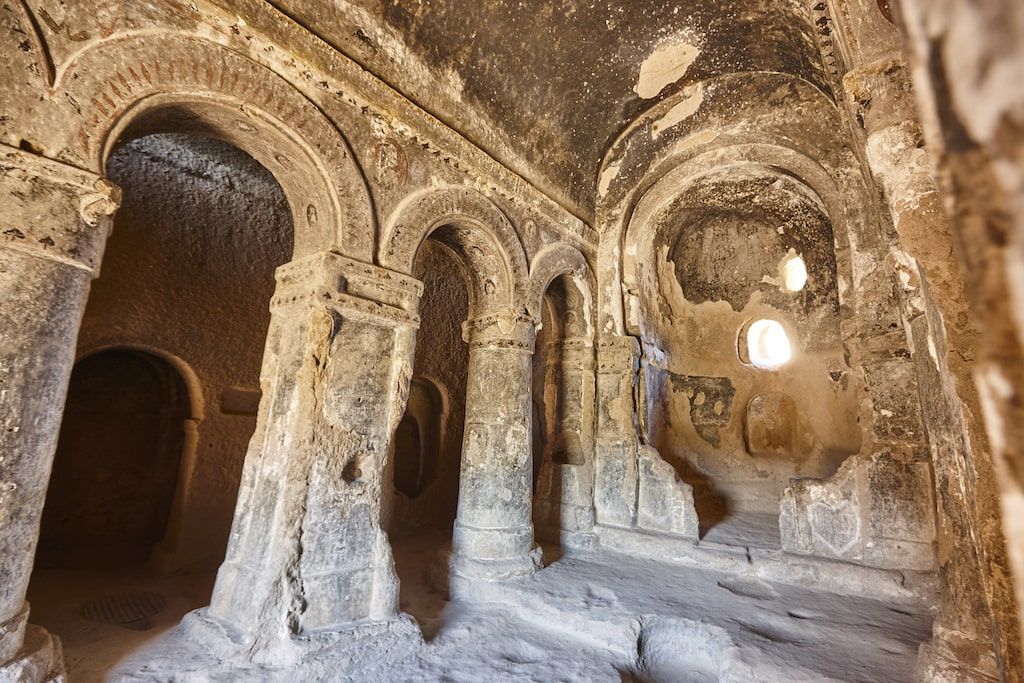
Selime Cathedral Today:
Today, Selime Cathedral operates as a museum under the Ministry of Culture and Tourism, welcoming visitors from all over the world. As a must-visit site for those exploring the Ihlara Valley, it offers a fascinating experience with its natural beauty, historical significance, and cultural richness. Various scientific studies and documentation projects are being carried out to preserve the cathedral and ensure its transmission to future generations. In particular, 3D modeling work using unmanned aerial vehicles (UAVs) has contributed to the detailed examination and conservation of the structure.
Selime Cathedral continues to defy time as a carved expression of history and faith in the unique geography of Cappadocia. This magnificent structure, offering both a visual feast and a journey into the depths of the past, remains an important part of the region’s cultural heritage.
You may also like
- A 1700-year-old statue of Pan unearthed during the excavations at Polyeuktos in İstanbul
- The granary was found in the ancient city of Sebaste, founded by the first Roman emperor Augustus
- Donalar Kale Kapı Rock Tomb or Donalar Rock Tomb
- Theater emerges as works continue in ancient city of Perinthos
- Urartian King Argishti’s bronze shield revealed the name of an unknown country
- The religious center of Lycia, the ancient city of Letoon
- Who were the Luwians?
- A new study brings a fresh perspective on the Anatolian origin of the Indo-European languages
- Perhaps the oldest thermal treatment center in the world, which has been in continuous use for 2000 years -Basilica Therma Roman Bath or King’s Daughter-
- The largest synagogue of the ancient world, located in the ancient city of Sardis, is being restored

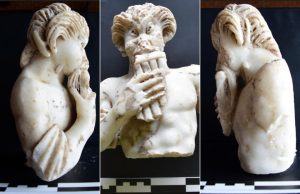
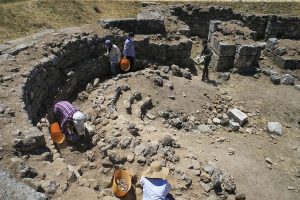
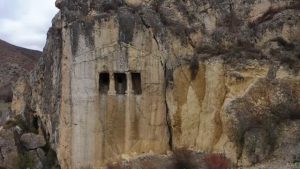
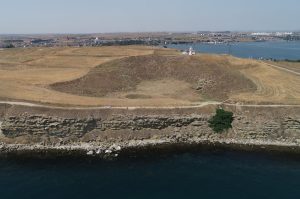
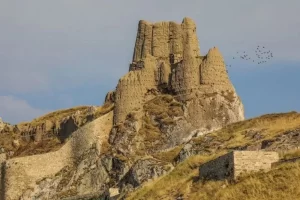
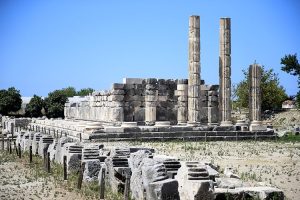


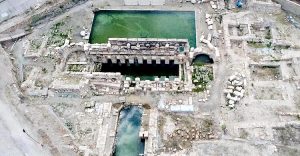
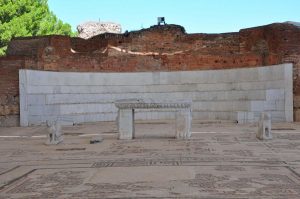
Leave a Reply